Have You Catalogued Your Plants?
catkin
9 years ago
Related Stories
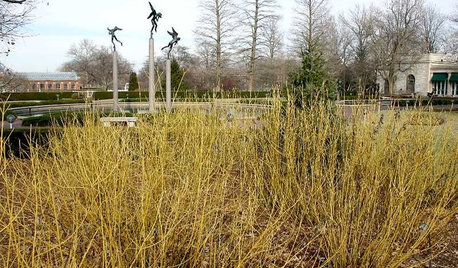
CENTRAL PLAINS GARDENINGCentral Plains Gardener's January Checklist
Sow your garden dreams while poring over seed and plant catalogs and maybe getting crafty in the shed
Full Story
WINTER GARDENING6 Reasons I’m Not Looking Forward to Spring
Not kicking up your heels anticipating rushes of spring color and garden catalogs? You’re not alone
Full Story
LIFEYou Said It: ‘Every Room Should Have the Right Wrong Thing’ and More
This week on Houzz we were inspired to break out of catalog styling ruts and let our design freak flags fly
Full Story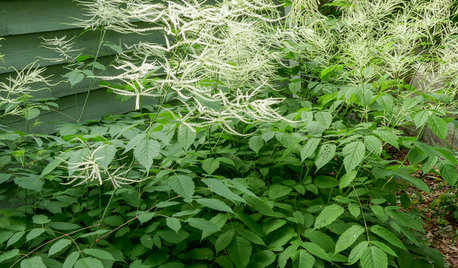
FLOWERS AND PLANTSAruncus Dioicus Is a Stately Plant for Shady, Moist Garden Spots
Plant goat’s beard in perennial and woodland gardens. Its large white spring blooms attract bees, beetles and butterflies
Full Story
GARDENING GUIDESHow to Find the Right Native Plants for Your Yard
Find plant maps, sale sites and guides that make going native in the garden easier than ever
Full Story
GARDENING GUIDES8 Unthirsty Plants Help You Save Water in Style
Spend less effort and money on your landscape with drought-tolerant and native plants that liven up your yard
Full Story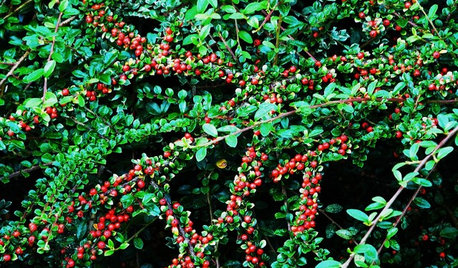
FALL GARDENINGGreat Design Plant: Rock Cotoneaster
Adaptable and highly tolerant, this branching plant makes a terrific ground cover and cutting source
Full Story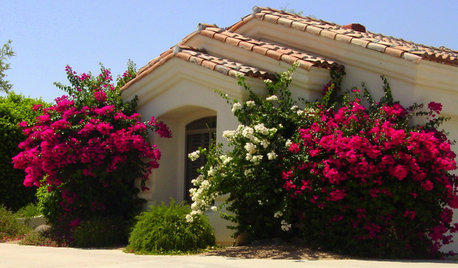
LANDSCAPE DESIGNGreat Design Plant: Sun-Loving Bougainvillea Showers Yards With Color
Bring unbeatable vibrancy to a garden or wall with this unfussy and trainable shrub packed with colorful bracts
Full Story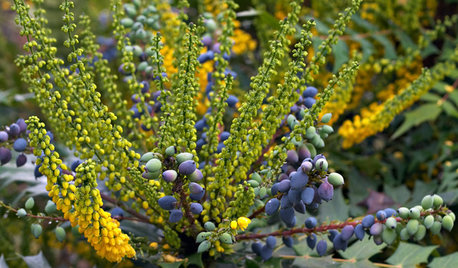
GARDENING FOR BUTTERFLIESGreat Design Plant: 'Charity' Oregon Grape
Giving nectar to hummingbirds and delicious berries to all, 'Charity' is a four-season garden delight that lives up to its name
Full Story
NATIVE PLANTSGreat Native Plant: Grow Wild Quinine for Its Unique Clusters of Blooms
Get connoisseur cred and unique blooms with this uncommon plant. Bonus assets: It’s low maintenance and drought tolerant
Full StoryMore Discussions







carrboro
Campanula UK Z8
Related Professionals
Barrington Hills Landscape Architects & Landscape Designers · Ferndale Landscape Architects & Landscape Designers · Lake Oswego Landscape Architects & Landscape Designers · Salem Landscape Architects & Landscape Designers · Finneytown Landscape Architects & Landscape Designers · Edmond Landscape Contractors · Azalea Park Landscape Contractors · Burlington Landscape Contractors · Lakeville Landscape Contractors · Los Banos Landscape Contractors · New Baltimore Landscape Contractors · New Providence Landscape Contractors · Newberg Landscape Contractors · Pleasanton Landscape Contractors · Southbury Landscape Contractorsmxk3 z5b_MI
dbarron
carrboro
pitimpinai
christinmk z5b eastern WA
DiggingInTheDirt
diggerdee zone 6 CT
prairiemoon2 z6b MA
TexasRanger10
karin_mt
sunnyborders
prairiemoon2 z6b MA
arthurm
Freda
ken_adrian Adrian MI cold Z5
woodyoak zone 5 southern Ont., Canada
sunnyborders
Michaela (Zone 5b - Iowa)
bragu_DSM 5
lilsprout
mnwsgal
jadeite
david883
catkinOriginal Author
a2zmom_Z6_NJ
prairiemoon2 z6b MA
sunnyborders
TexasRanger10
carrboro
catkinOriginal Author